Most of us, without even thinking about it, learned to shoot on rimfire rifles and ammunition. Quiet, affordable, and with virtually no recoil, .22 Long Rifle cartridges, which use a rimfire design, are the typical learner cartridge for countless American youth.
Later in life, we move to larger ammunition, like 9mm Luger, .308 Winchester, and .223 Remington. This means moving into centerfire rounds.
While most shooters understand the basic concepts of rimfire and centerfire ammunition, it helps to understand why each design is used for their basic purposes. Understanding this subject will make you a more knowledgeable, and ultimately more effective, gun owner. So, let’s explore the differences between rimfire vs. centerfire ammo and which is a better fit for you.
Cartridge Construction 101: Primer, Propellant, Bullet
To explain the differences, we’re going to start with a simplified, beginner-level explanation of cartridge construction. There are basically four basic components to a cartridge: the case, the primer, the propellant, and the bullet. (Some diagrams have the rim as a fifth component separated from the case, but for simplicity are are lumping them together.)
A bullet sequence acts like this: the firing pin in the firearm strikes the primer, which ignites and then spreads to the propellant. The propellant then ignites, creating pressure inside the case that launches the bullet forward. Understanding this sequence is crucial when learning about rimfire vs. centerfire rounds.
Rimfire Rounds
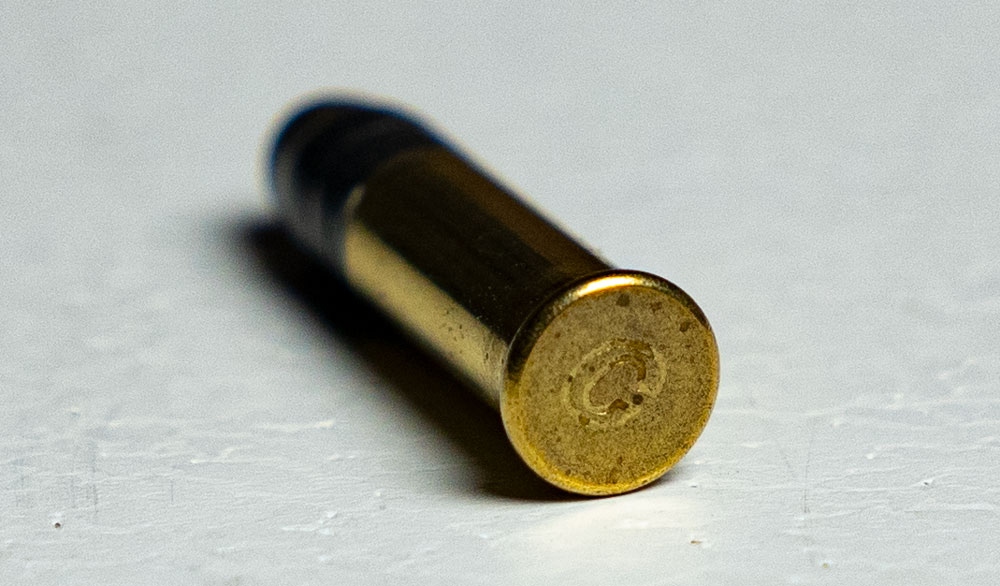
As the name suggests, rimfire ammunition is a design where the primer is located at the rim of the cartridge, along the edge of the backend. In these cartridges, the firing pin strikes the outer edge of the base, igniting the primer and setting off the firing sequence. The firing pin creates a dent at the rim of the casing, making a clear mark on spent ammunition.
Rimfire, as most gun owners know, is pretty much exclusively used for low-powered, small-caliber cartridges. The .22 Long Rifle is the most common in the rimfire family, but other popular rimfire options include the .22 Short, .22 Winchester Magnum Rimfire, and the .17 Hornady Magnum Rimfire.
Centerfire Rounds
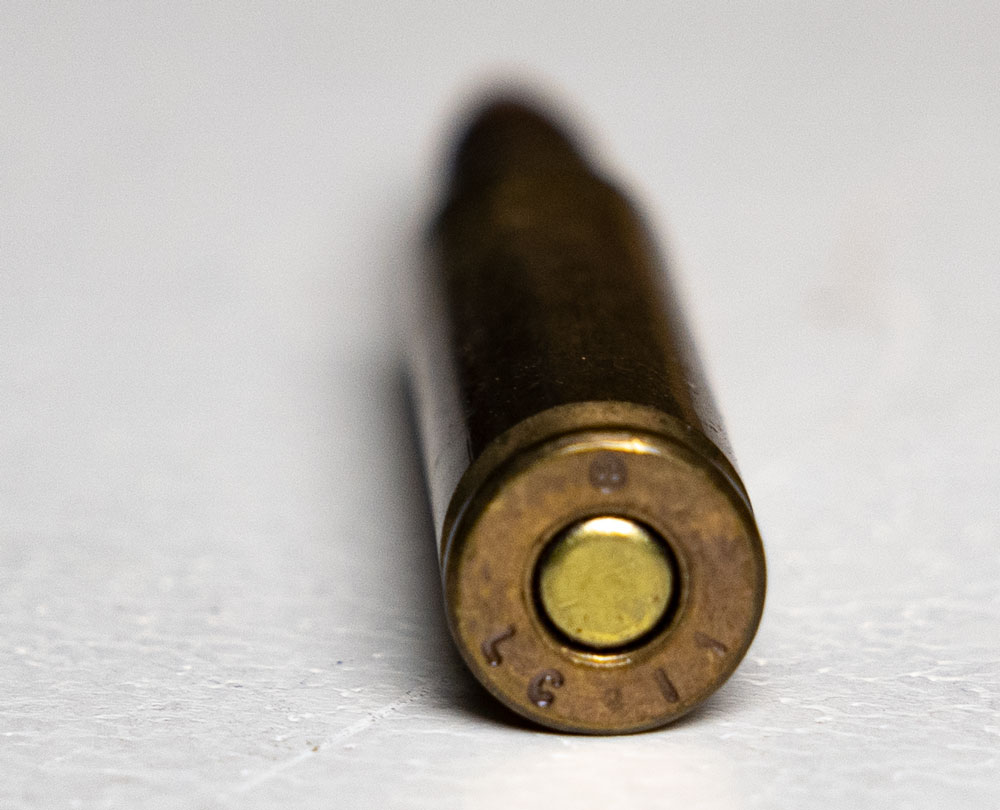
With a centerfire round, the primer is located at the center of the case head. It is actually a separate and replaceable component of the cartridge, unlike rimfire. The firing pin strikes the primer at the center of the case, creating a dent in the primer component but leaving the case itself relatively unchanged.
Centerfire rounds make up the majority of cartridges, including most shotgun, handgun, and rifle cartridges. For all practical purposes, you can assume anything that’s not a .17-, .20-, or .22-caliber round uses a centerfire system. They are more powerful, heavier, faster, larger (both in cartridge and bullet), and deliver greater energies to the target.
Rimfire vs Centerfire for Large Ammo?
Rimfire designs are used, with little exception, for smaller ammunition. Why? Because larger, more powerful cartridges, with higher internal pressures, require thicker casing. Essentially, the casing thickness required by a larger round would make rimfire ineffective. Rimfire creates a crimp in the case, but if the case were thick, it would essentially shield the primer.
This would make a rimfire design entirely ineffective or, at the very least, unreliable. This is why ammo designers and manufacturers don’t simply take the rimfire design and place it into larger cartridges.
But what about the opposite? Why not use centerfire designs in weaker rounds. You can…but you don’t have to.
Why is the Centerfire Design Not Used in Smaller Ammo?
Basically, the reason centerfire designs are not used in smaller, less powerful rounds is cost. The centerfire design, with a removable primer at the center, is slightly more complex. This complexity means that manufacturing and assembling the cartridge takes more time and money. Therefore, all other factors being the same, it is slightly more expensive to manufacture a centerfire round than a rimfire.
If the .22 Long Rifle used a centerfire design, it would be a little more expensive. Even a few pennies per round can add up when you are purchasing a large case of ammo.
What are the Resulting Differences?
Okay, so we have a basic understanding of the technical differences between the two, but what about the results. Most gun owners aren’t concerned with technical specs, but more concerned with the how these specs impact their shooting, purchasing, and use.
Rimfire is Less Powerful, Centerfire More Powerful
This is basically common knowledge in the firearms community, and we have already discussed it in this article, so we won’t spend much time here. Just remember that the biggest difference is that rimfire cartridges are small, less powerful rounds, while centerfire are more powerful.
This also means that rimfire rounds have lower recoil and a quiet “pop,” which makes them approachable options for people just learning how to shoot.
Rimfire Cartridges Tends to Be More Affordable
While they are less powerful, rimfire cartridges are far more affordable. If you want to spend an afternoon firing off hundreds of rounds at a target, rimfire can deliver much higher affordability. This cost reduction happens for two basic reasons. The first is that rimfire rounds are smaller; they have less material, so the raw products needed to manufacture these rounds is less. But they also tend to have a more simplified design. With the primer built into the casing, not a removable component, rimfire is faster to assemble, which reduces the final price tag on store shelves or online retailers.
Rimfire Cases are Not Reloadable
Because the case is crimped when the firing pin strikes the case head, it is essentially a one-and-done proposition. The case cannot be used for reloading. With centerfire, however, only the primer unit is struck, which means the casing is left undamaged and can be loaded with a new primer, propellant, and bullet. Reloading ammo is not an option with rimfire, but is with centerfire.
Some Consider Rimfire Less Reliable
There is also a theory that rimfire is less reliable. The primer is assembled inside the case, and there are manufacturing defects that leave a gap between the primer and the case. If this happens, the cartridge won’t fire. Although we have no data to support this theory, many people won’t use rimfire for self-defense specifically because of this possibility. (This is in addition to the issue of low power, of course.)

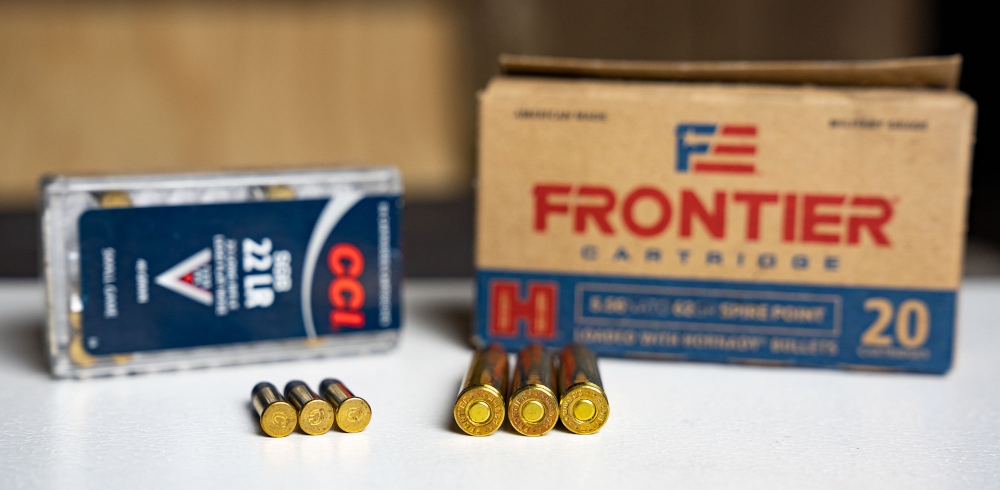
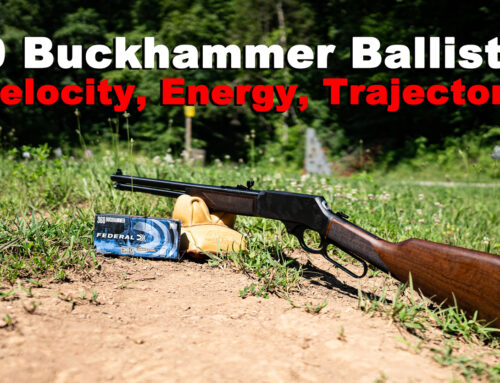

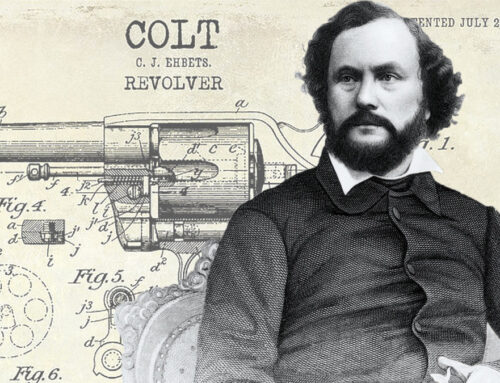
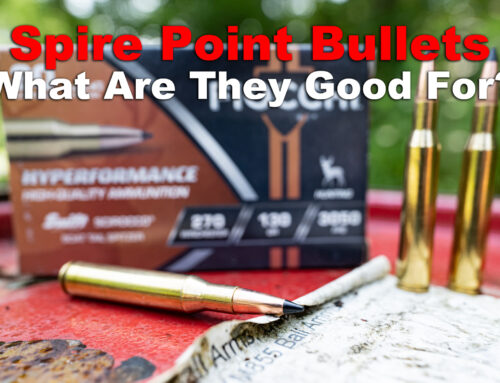
Leave A Comment